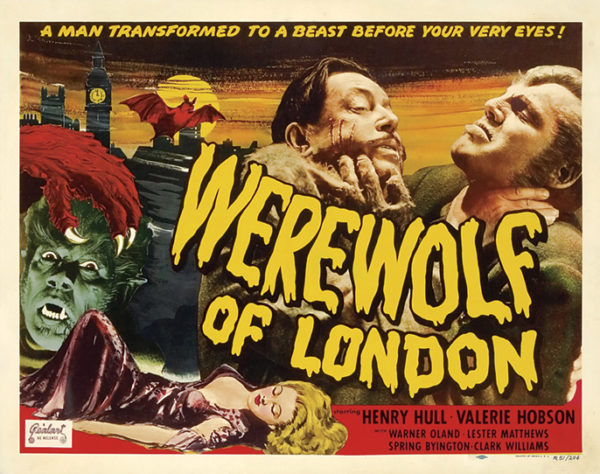
“The werewolf is neither man nor wolf but a satanic creature with the worst qualities of both.”
This movie represents the first attempt by Hollywood to bring werewolf mythology to the big screen. Mannered and stylized — one of the first horror films produced entirely under the restrictions of the Hays Code — it contains some intriguing ideas about the nature of hybridization, and along with a very simian werewolf. It’s most significant for the way in which it connects the Jekyll and Hyde mythology to the idea of transforming into an animal, rather than a corrupted form of human being.